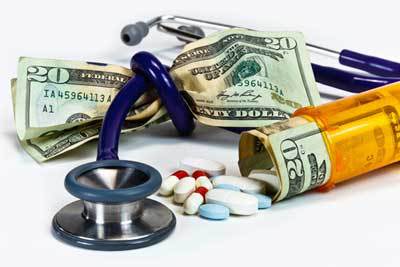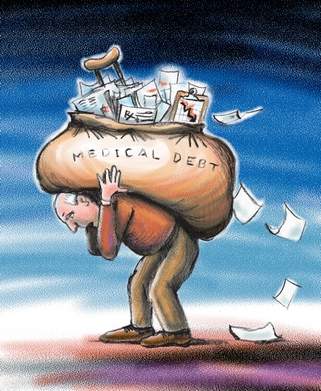As we inch closer to the 2014 and the full roll-out of the Affordable Care Act (also known popularly as Obamacare) the debate about the impact of the law on medical costs, the country’s finances, and personal medical bills and debt continues to rage. The Republican controlled US House of Representatives has obsessed over the issue for years, voting many times to repeal the act even though they fully understood that the US Senate had no interest in doing so. The recent decision by the conservative leaning Supreme Court indicates that for the most part the Affordable Care Act is here to stay.

Recently, the Obama administration responded the ongoing Republican complaints and obstructions by agreeing to push forward the timelines requiring companies with fifty workers or more to put an insurance plan in place or face fines. Earlier this year, the conservative leaning Supreme Court actually held up Obamacare all but guaranteeing the law’s implementation. Despite this Supreme Court’s decision, the politics of the law continues to overshadow how the law will actually impact the neediest families, American businesses, and society as a whole. Read more details.
One of the key reforms that the Affordable Care Act which is rarely discussed is the implementation as 501 ( r ), a new IRS code that reforms the ways that hospitals who are currently being given the tax advantages of claiming to be non-profits must now limit their fees to the maximum rate allowing by medicare, establish financial aid programs for needy patients and publicize these programs, conduct regular affordable regular health screenings for needy persons, and stop unfair, extraordinary collection efforts prior to deciding whether or not a patient would be eligible for assistance from the tax exempt institution. Many of those previously being sued by these entities could become eligible for medical bills assistance. For resources on medical debt assistance, see Navidebt.org, a non-profit organization.
Another issues hotly debated around medical debt and the Affordable Care Act is the idea that many more low and moderate income people, who have historically put off going to the doctor to receive preventive medical services, will suddenly be able to get the same medical attention as those who have had insurance. Surely temporarily giving people screens for colon and breast cancer, making sure that they are up on their vaccinations and shots, and helping this group of people plan new diets and exercise plans will be expensive. But in the end, the real bet that the Affordable Health Care act is making is that if more people prevent disease and improve their health, in the long run health care costs for everyone will go down.
Over the next few months, the fights in Congress will surely continue as will efforts by Republican governors not to participate by expanding Medicaid or more services to the poor (even though these services will be subsidized by the federal government). Several Governors are now refusing to implement public exchanges intended to ensure that health care costs will be more competitive and transparent.
But the next year will also reveal how the implementation of the Affordable Care Act occurs. In 2014 many Americans will likely benefit getting the coverage they have been lacking. Meanwhile, our political leaders need to back away from squabbling and start spending time studying how the Affordable Care Act rolls out so that the entire population gets the maximum benefits.

